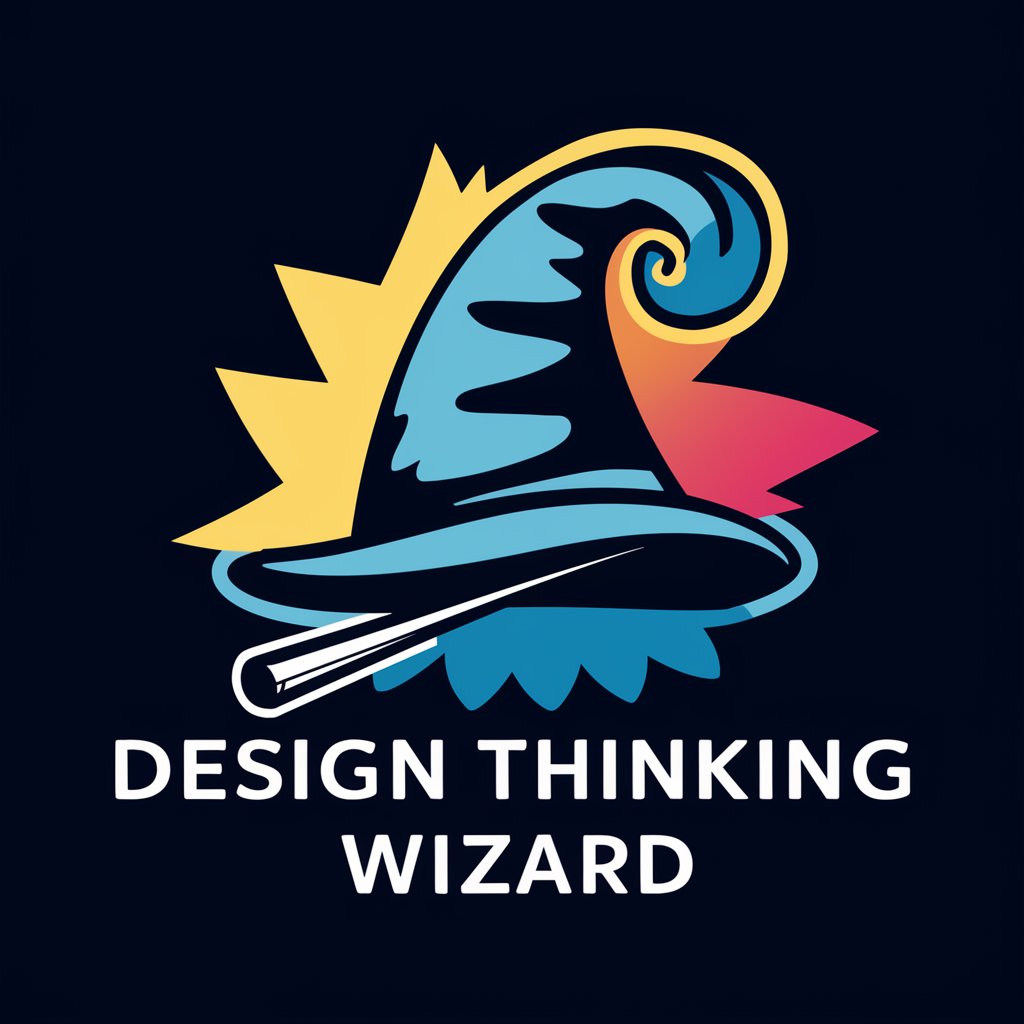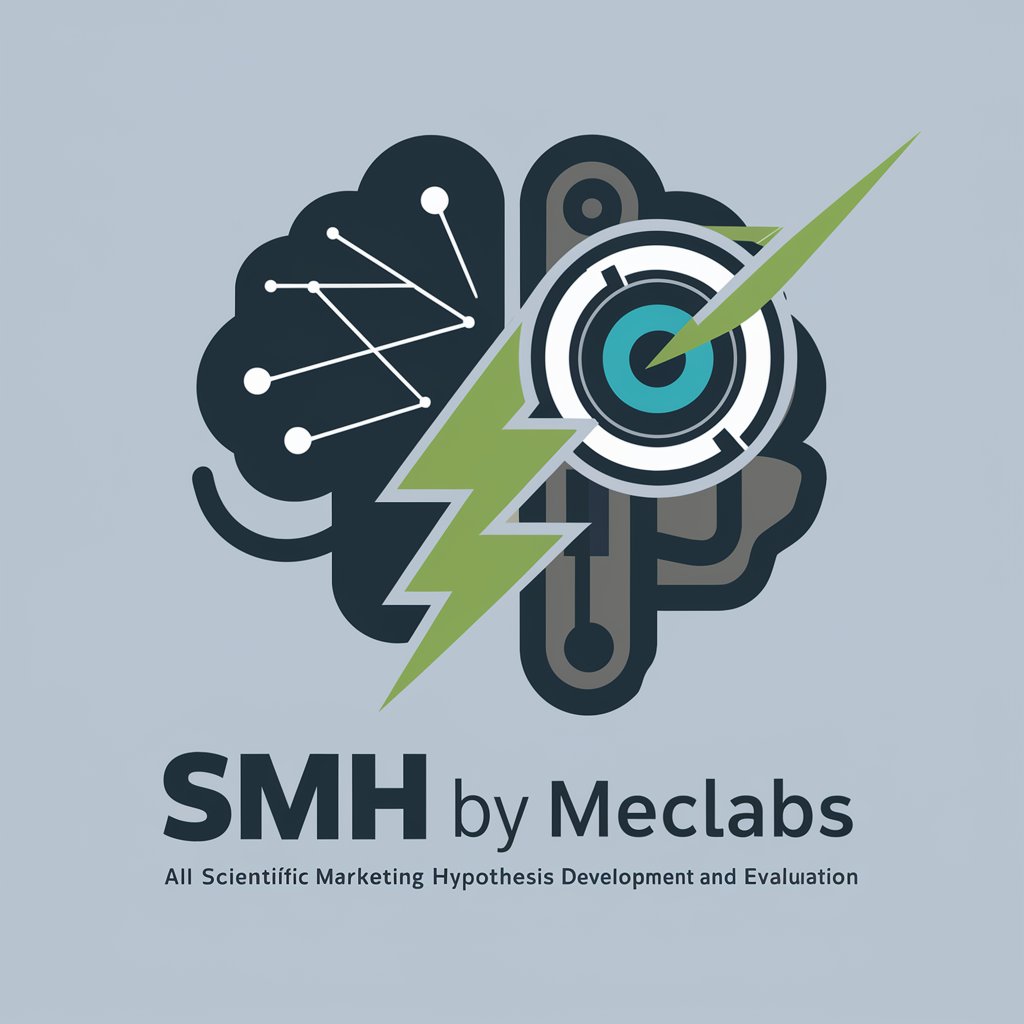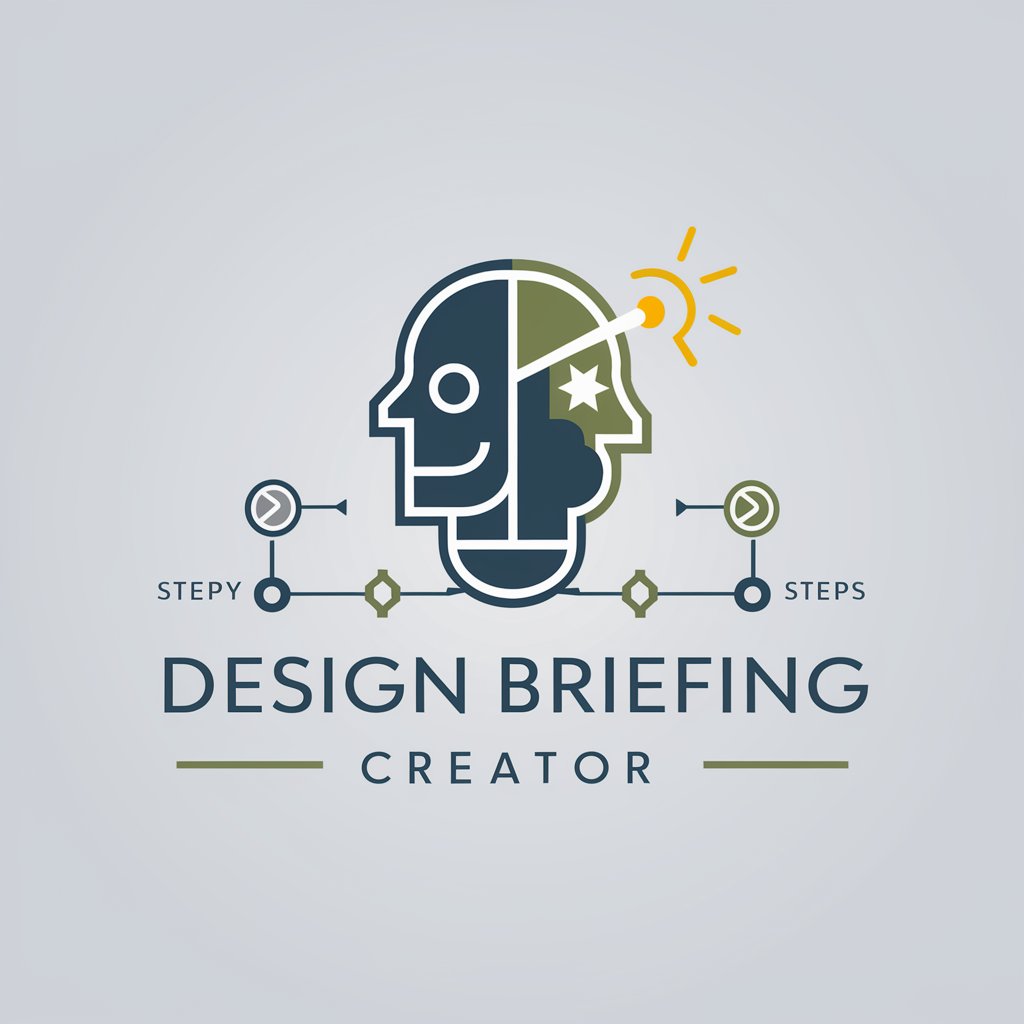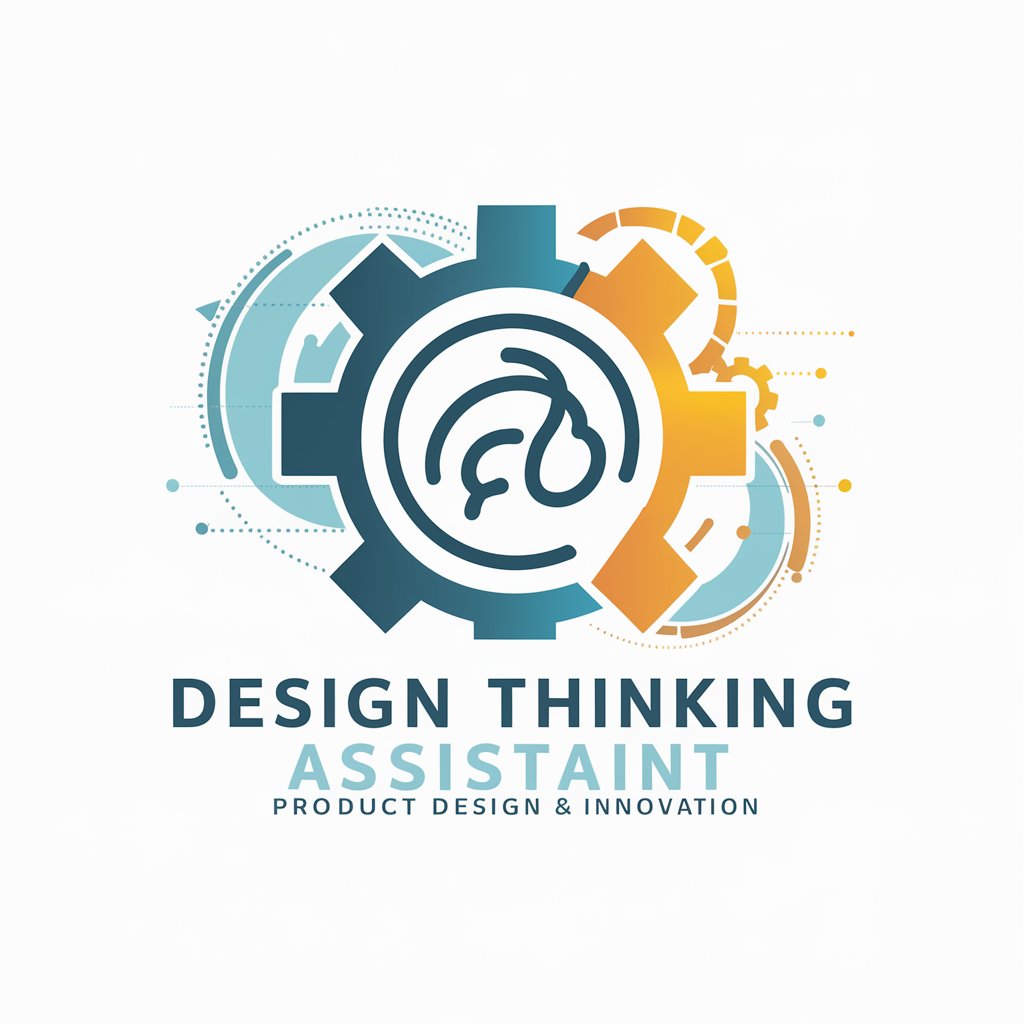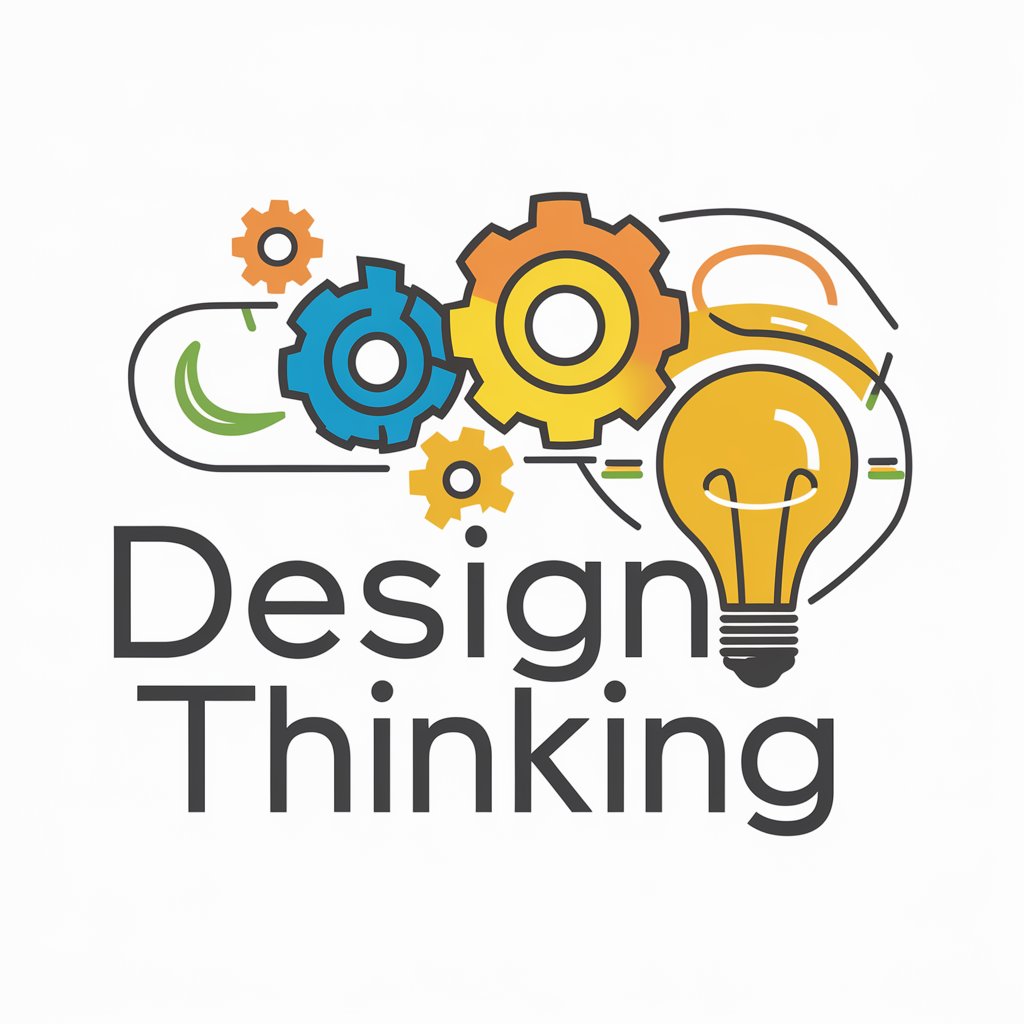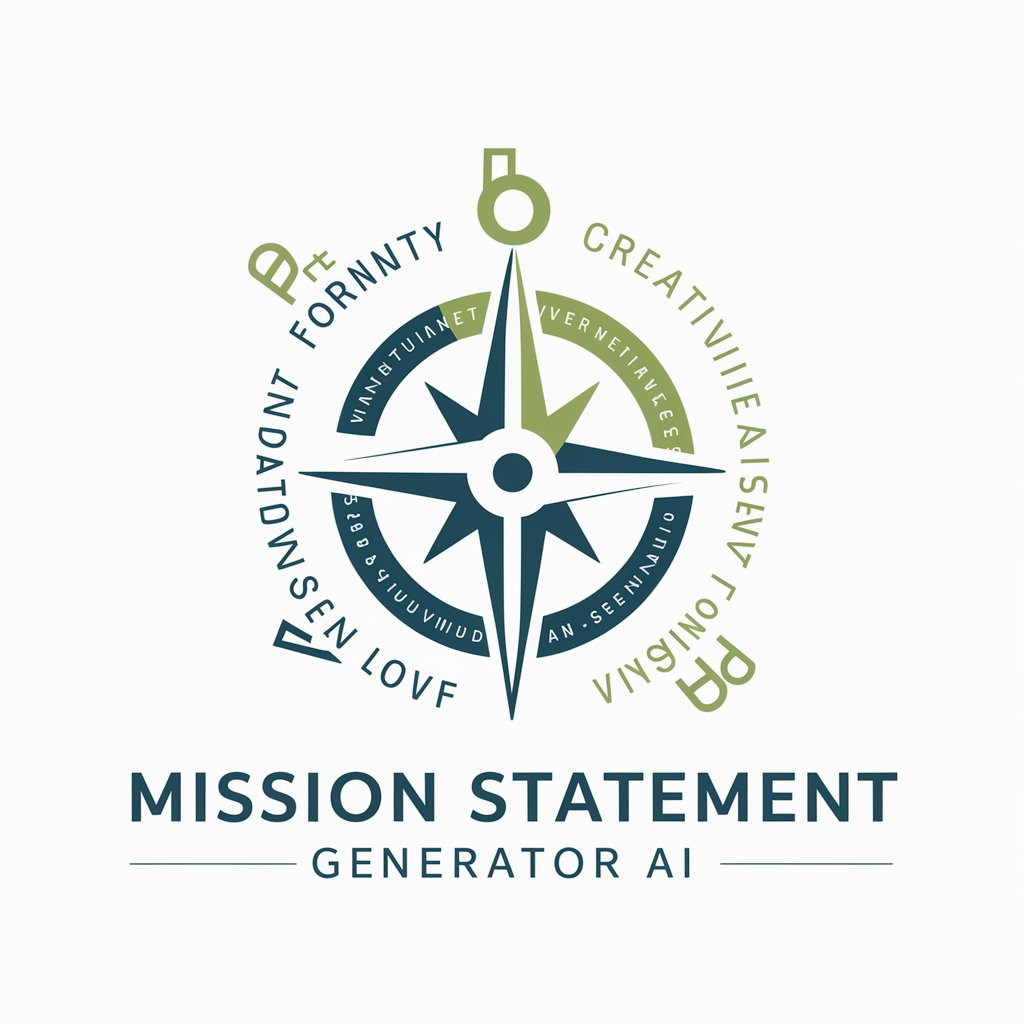
Design Thinking – How Might We Statement Creator - HMW Statement Generation
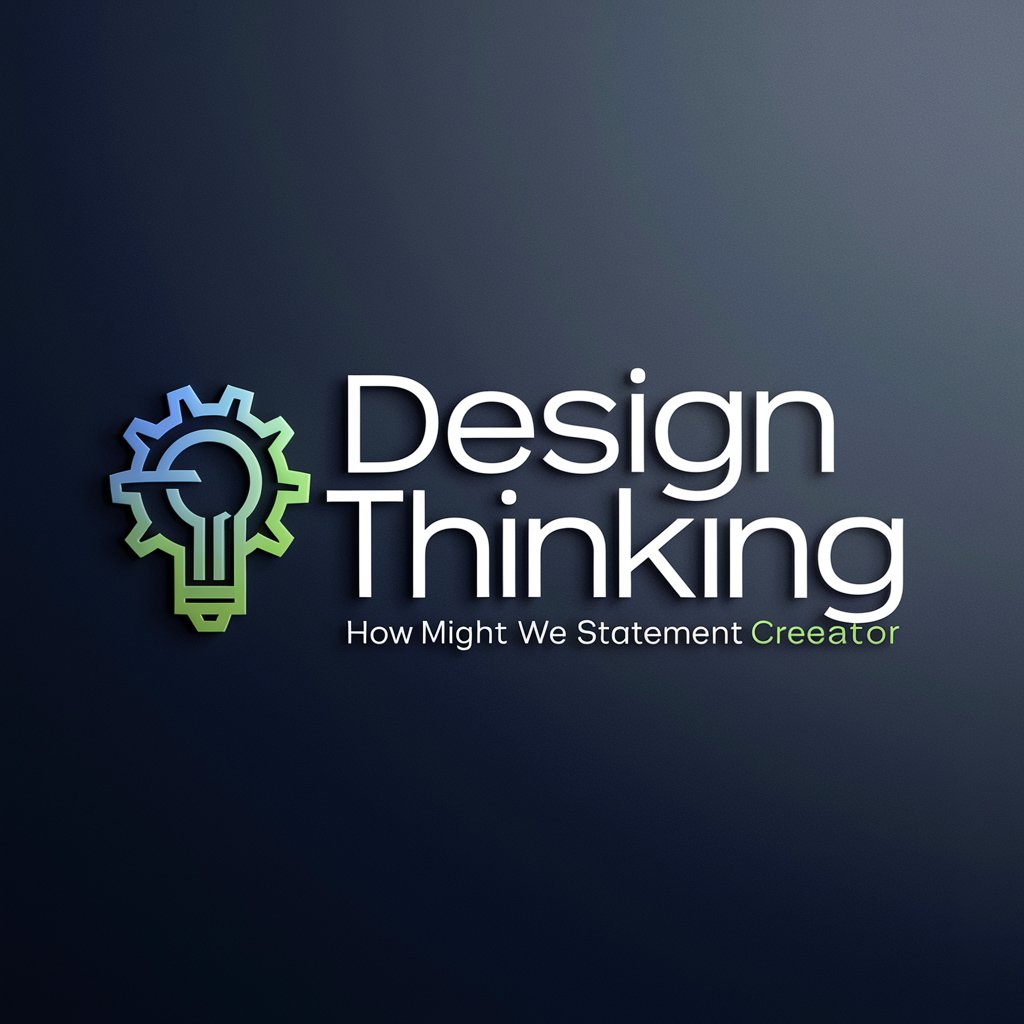
Welcome to your innovative thinking hub!
Empowering Innovation with AI-Driven Insights
How might we design a solution that...
In what ways can we improve...
What steps can we take to ensure...
How can we better understand the needs of...
Get Embed Code
Overview of Design Thinking – How Might We Statement Creator
Design Thinking – How Might We Statement Creator is a specialized tool designed to foster innovative thinking and problem-solving within various domains. It leverages the 'How Might We' (HMW) question framework, a pivotal element in the design thinking process, to transform challenges into opportunities for design and innovation. This tool begins by collecting user inputs regarding a specific problem statement and a target persona or behavioral archetype. Based on these inputs, it generates a series of unique HMW statements, each representing a potential avenue for exploration and ideation. For instance, faced with the challenge of improving the online shopping experience for elderly users, the tool might generate statements like 'How might we simplify the navigation for elderly users to enhance their online shopping experience?' These statements serve as a springboard for brainstorming and the subsequent development of user-centered solutions. The tool further extends its utility by guiding users in creating experiment frameworks aligned with the generated HMW statements, thereby facilitating the transition from ideation to actionable experimentation. Powered by ChatGPT-4o。

Core Functions and Applications
Generation of HMW Statements
Example
How might we make public transportation more accessible for people with disabilities?
Scenario
In the context of urban planning, this function helps identify and articulate specific areas for improvement in public transportation systems, focusing on inclusivity and accessibility.
Creation of Experiment Frameworks
Example
Testing different sign languages or visual aids in public transportation to evaluate effectiveness in aiding passengers with disabilities.
Scenario
Following the identification of potential solutions through HMW statements, this function aids in structuring experiments to test hypotheses, measure outcomes, and iterate designs based on real-world feedback.
Facilitation of User-Centered Innovation
Example
Developing a mobile app with personalized travel plans for individuals with disabilities based on their specific needs and preferences.
Scenario
This function emphasizes the development of solutions that are deeply rooted in the needs and experiences of the end-users, ensuring that innovations are both practical and impactful.
Target User Groups
Design Professionals
Designers and UX/UI professionals can leverage this tool to generate creative solutions and user-friendly designs, ensuring products and services are tailored to meet the specific needs of their target audiences.
Innovation Teams in Corporations
Teams responsible for driving innovation within companies can use this tool to brainstorm and validate new concepts, fostering a culture of continuous improvement and customer-centric design.
Educators and Students in Design and Innovation
Academic professionals and students studying design, innovation, and related fields can use this tool as a practical learning aid to apply theoretical concepts in real-world scenarios, enhancing their problem-solving and creative thinking skills.

Usage Guidelines for Design Thinking – How Might We Statement Creator
Start Free Trial
Access the tool at yeschat.ai to begin your free trial, no login or ChatGPT Plus subscription required.
Define Problem Statement
Articulate a clear and concise problem statement that you wish to explore or solve using design thinking.
Identify Persona
Specify the persona or user archetype for whom you are solving the problem, detailing their behaviors, needs, and pain points.
Generate HMW Statements
Use the tool to generate 'How Might We' statements based on your problem statement and persona, fostering innovative thinking.
Experiment Framework
Proceed to create an experiment framework aligned with your HMW statements to test hypotheses and validate solutions.
Try other advanced and practical GPTs
MyWords
Personalize your words with AI
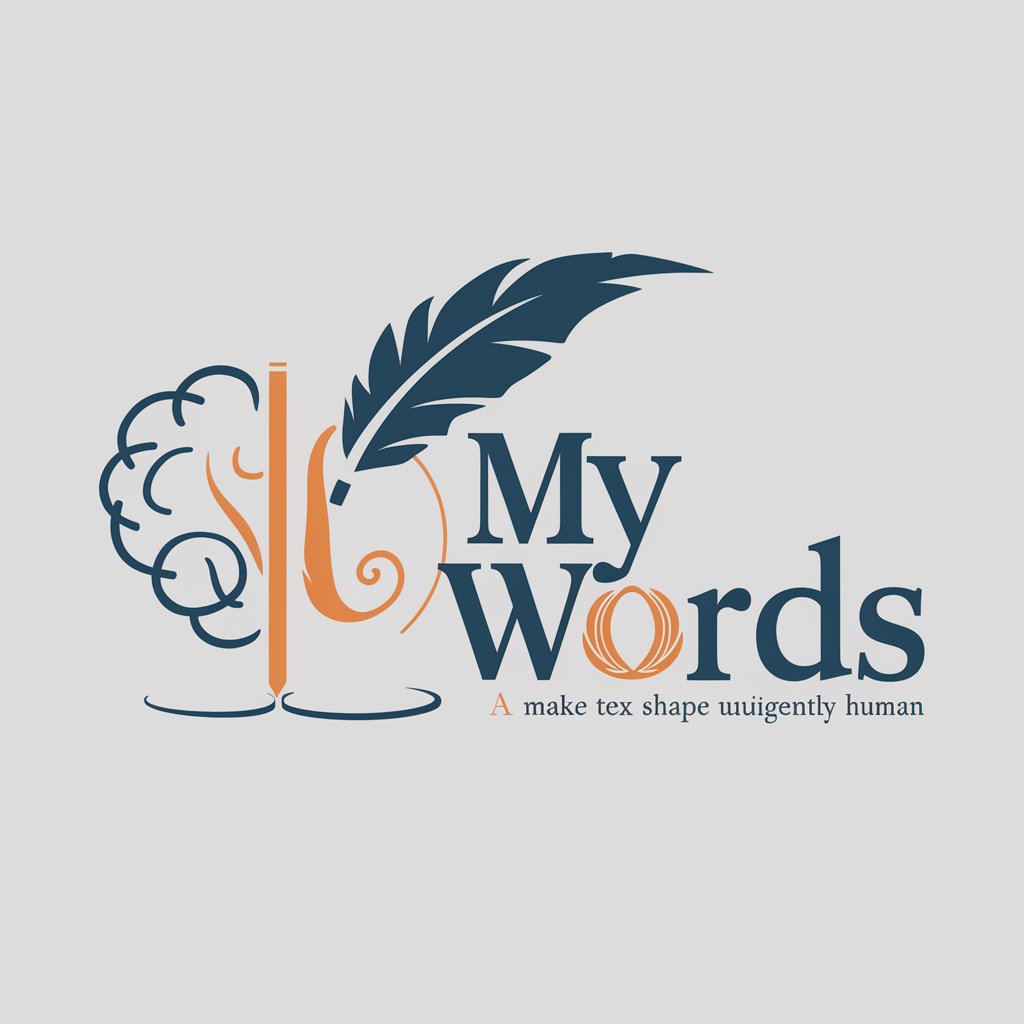
Étymologie d'un Mot Français
Unraveling the Roots of French Words with AI
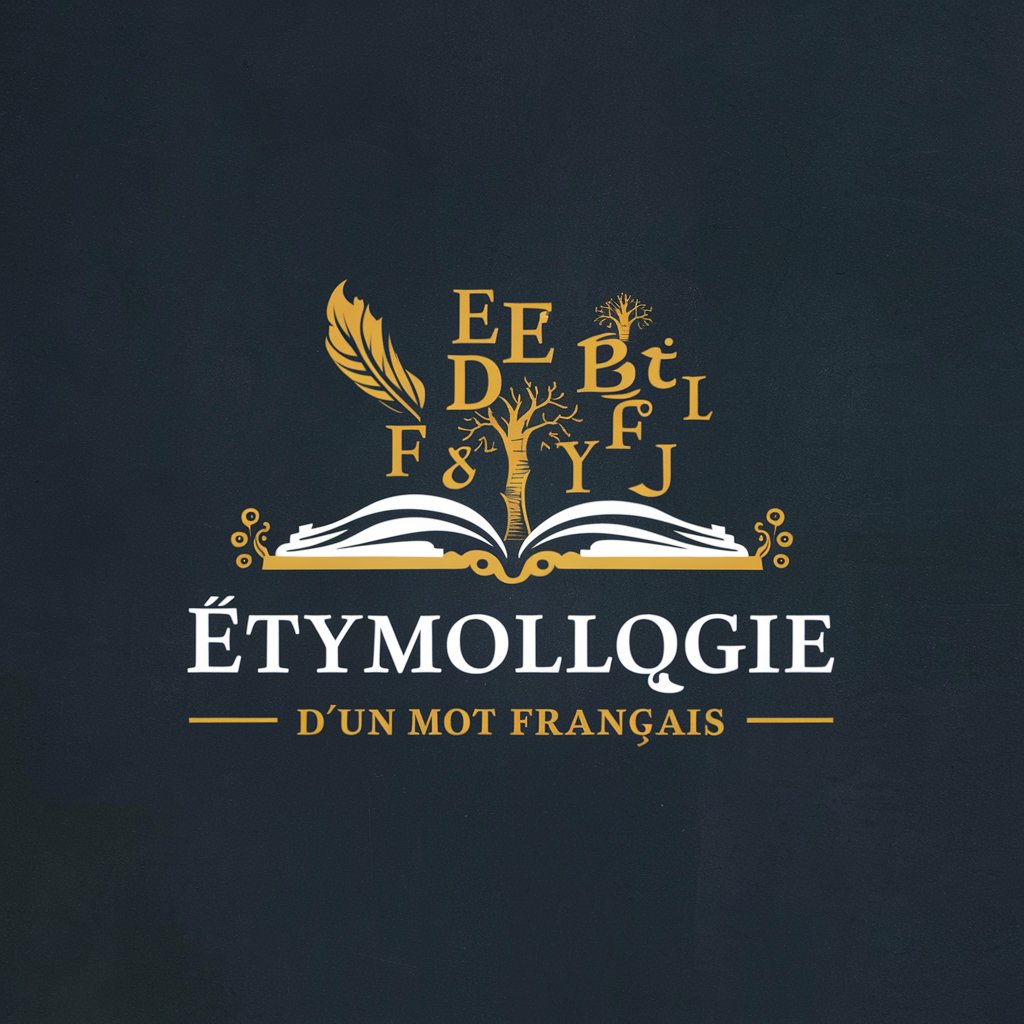
EASY FUSION
Where Ideas Fuse and Innovate
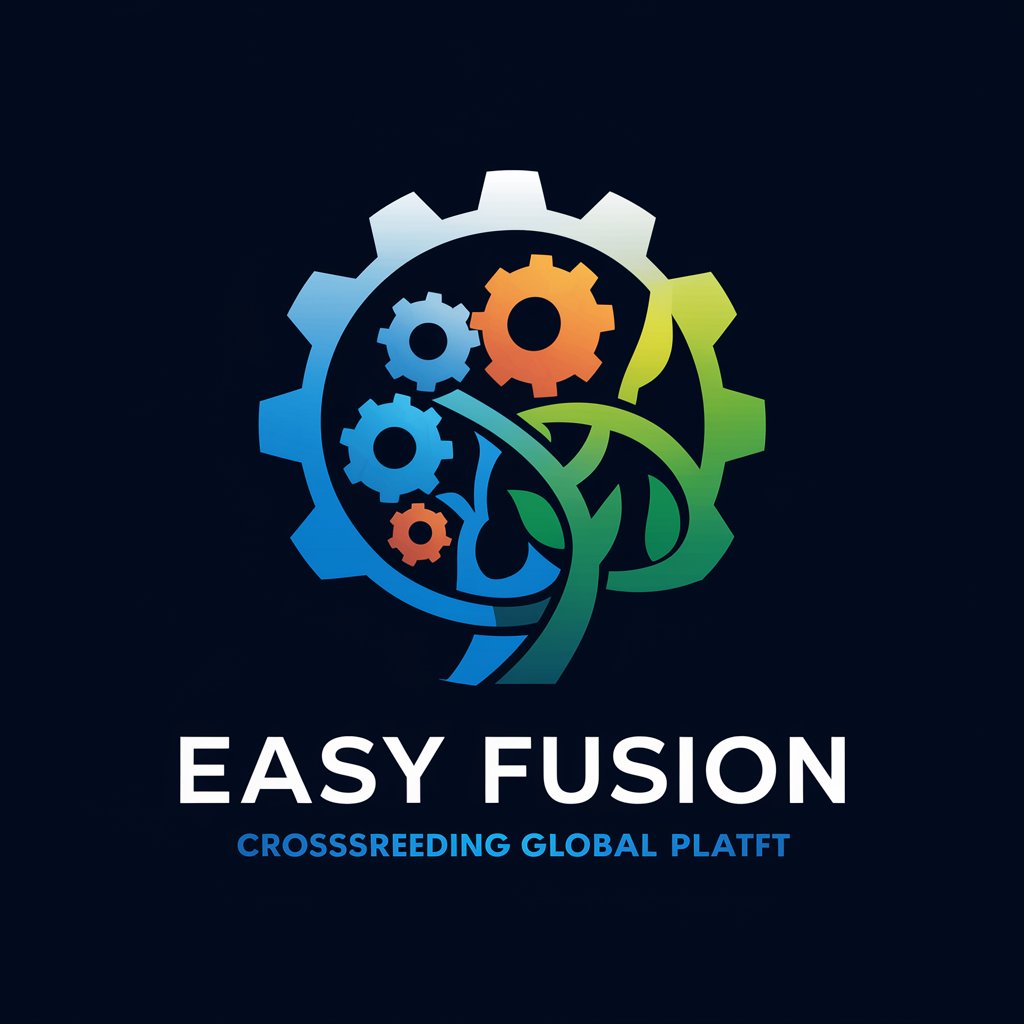
Secret Cipher
Unlock the secrets of coded communication.

Get to know Julio Fernandez
Explore the AI-driven Journey of Julio Fernandez
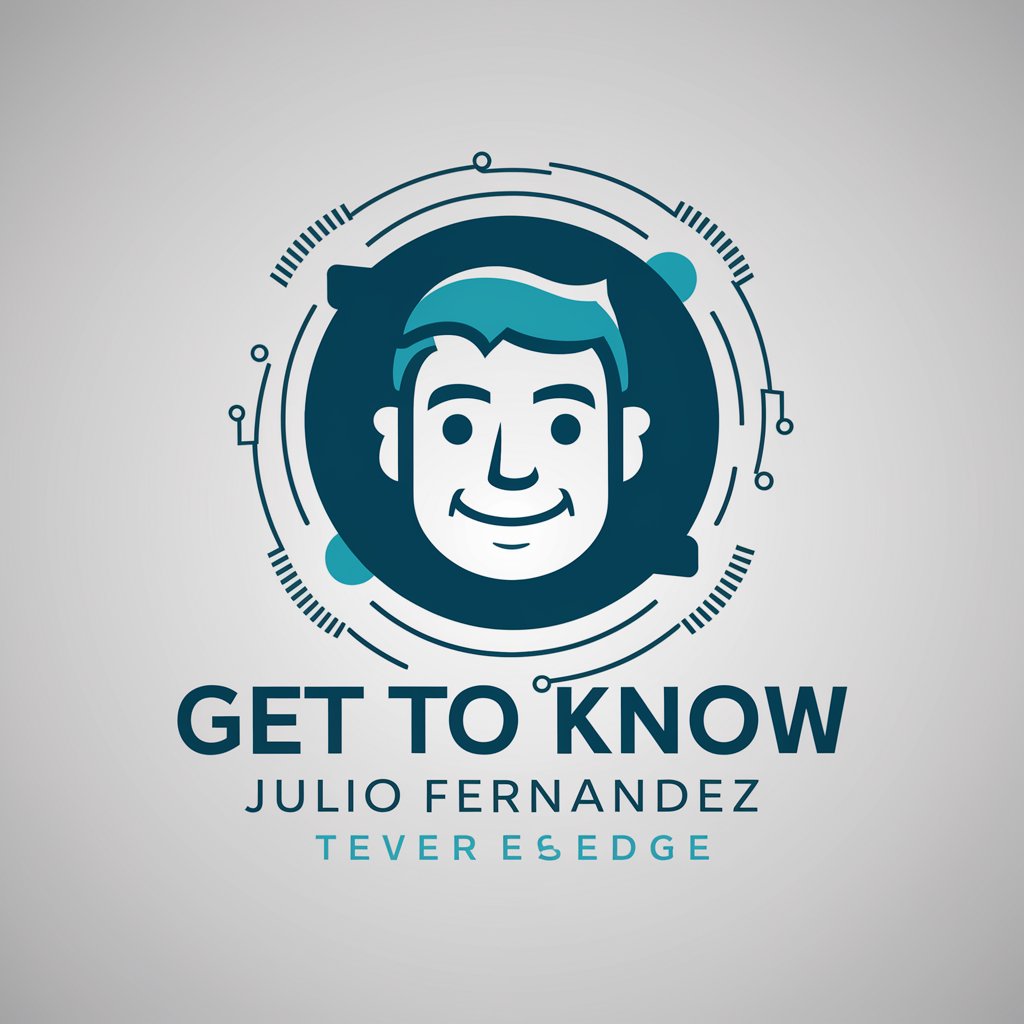
Short Video Banned Words Checker
Ensure your content’s compliance, effortlessly.
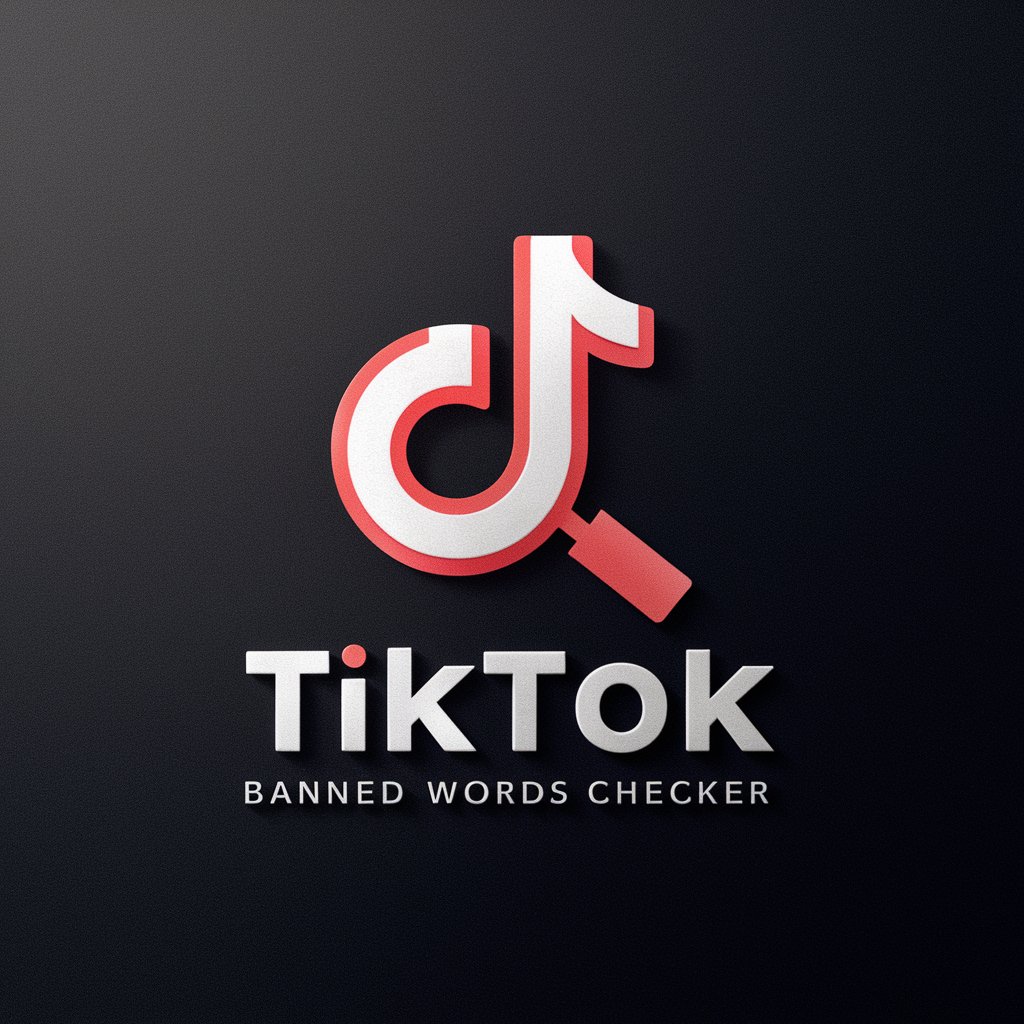
CAN-SPAM Compliant Cold Email Writer
Craft Compliant Emails with AI Power

Prompt Optimizer Pro
Sharpen Your Prompts with AI Precision
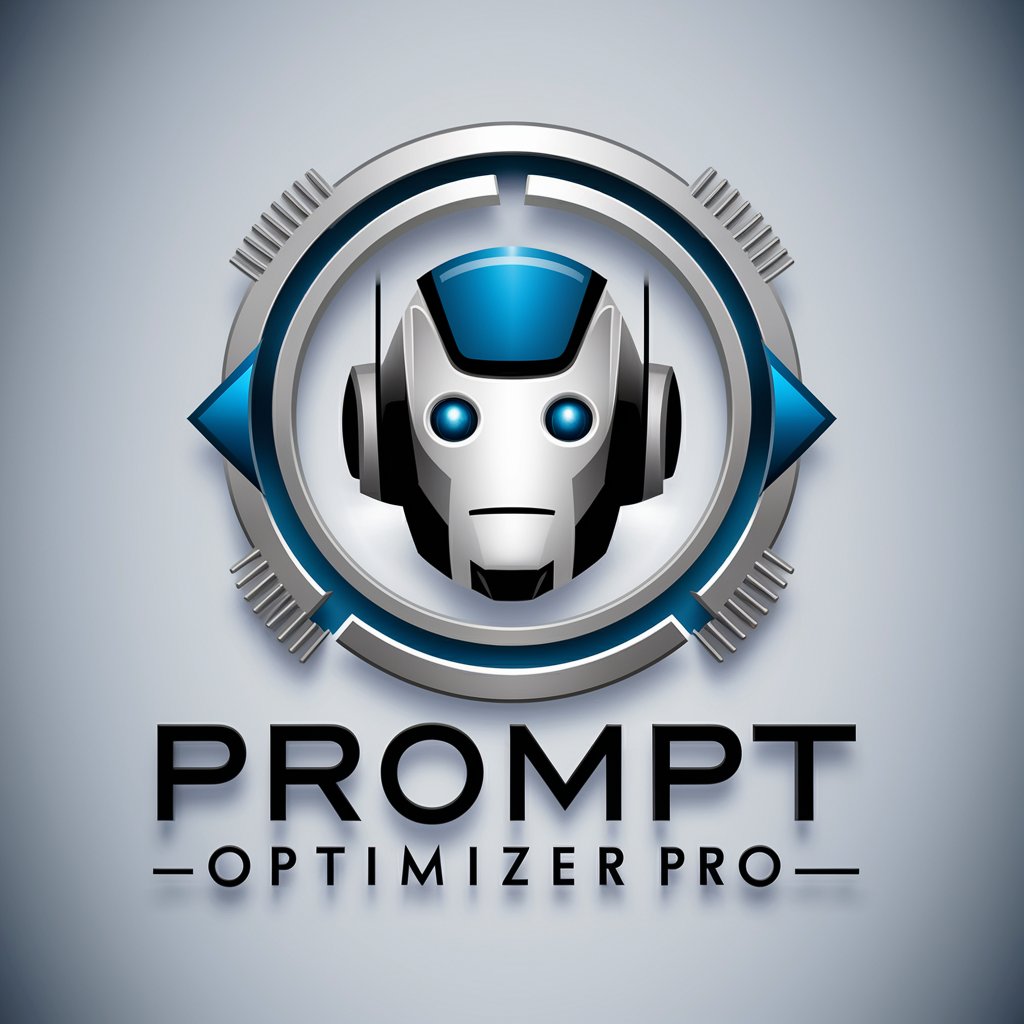
Email Marketing GPT
Craft Winning Emails with AI
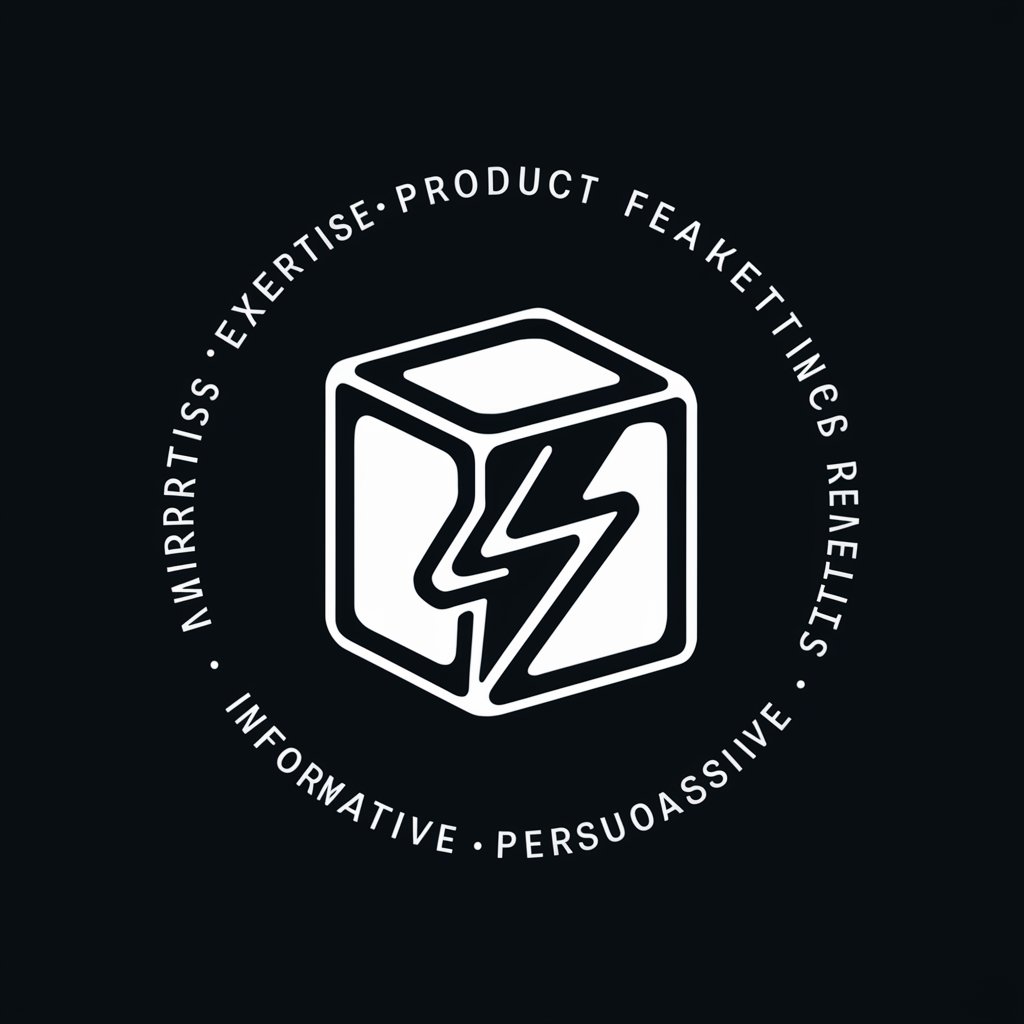
The Copywritter
Elevate Your Words with AI Power
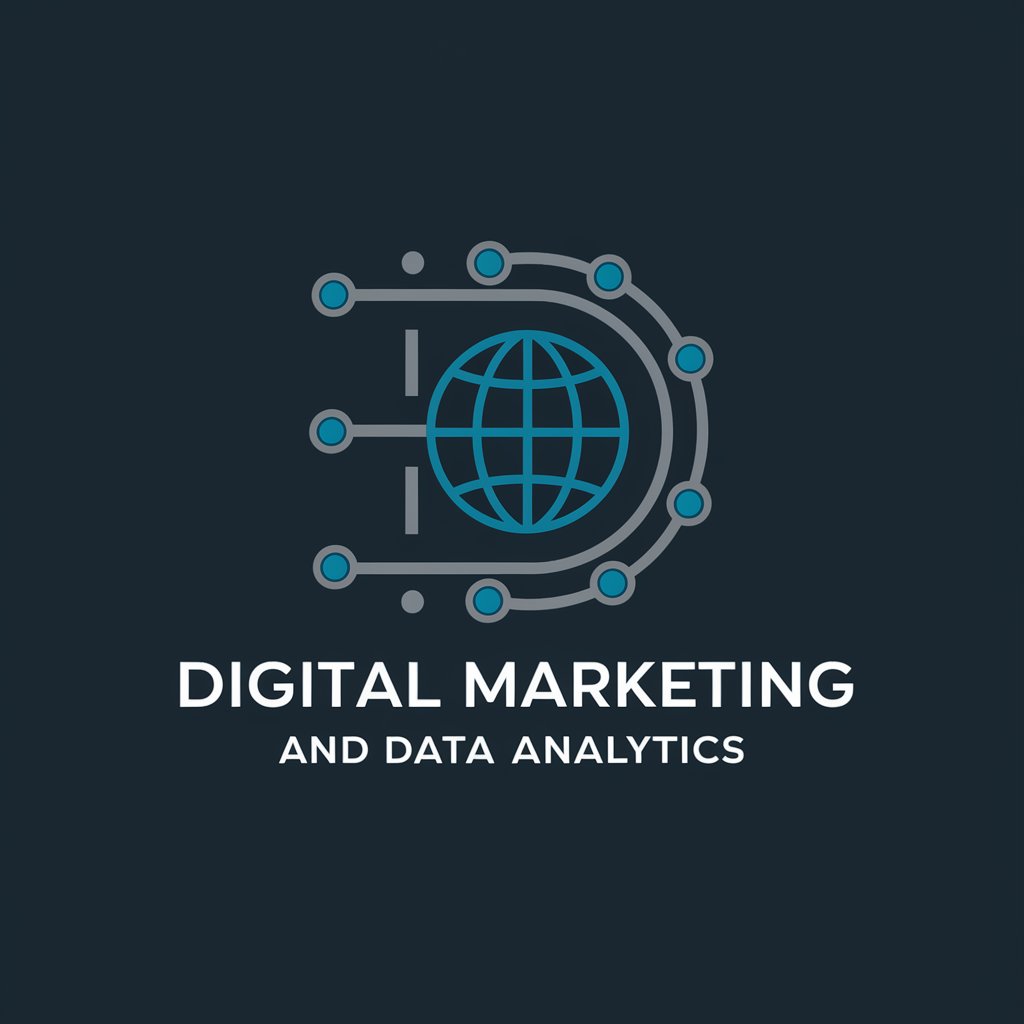
Restaurant Finder Pro
Discover and compare restaurants effortlessly.

AutonomousStoryWeaver
Crafting Your Stories with AI
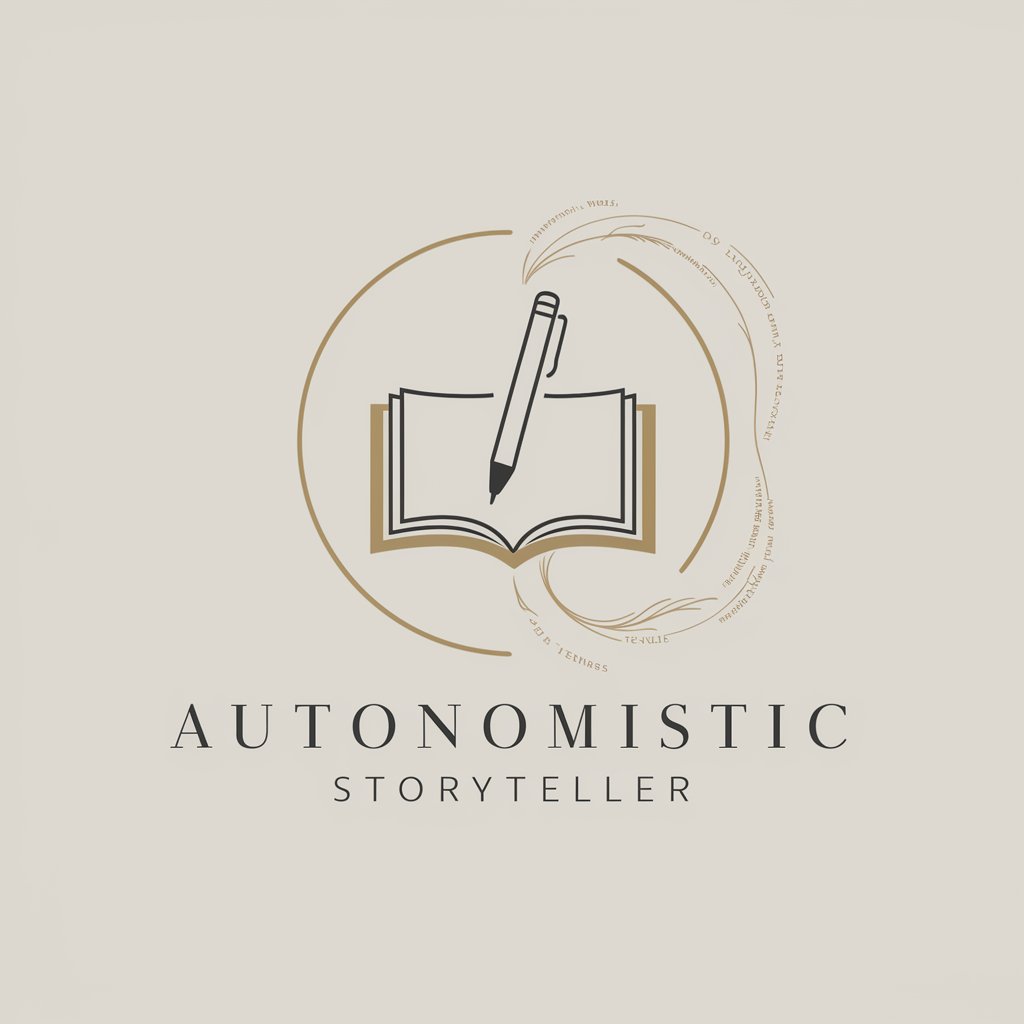
Frequently Asked Questions about Design Thinking – How Might We Statement Creator
What is a 'How Might We' statement?
'How Might We' statements are questions framed to open up the design space and generate innovative solutions. They help teams transform challenges into opportunities for design.
Can I use this tool without design thinking experience?
Yes, the tool is user-friendly and designed to guide individuals regardless of their design thinking expertise, making it accessible for beginners and experts alike.
How many HMW statements can I generate?
The tool allows you to generate up to 10 unique HMW statements per session, providing a broad range of perspectives and ideas.
Is the experiment framework necessary?
While not mandatory, the experiment framework is a critical component for testing the validity and effectiveness of the ideas generated from HMW statements, ensuring they are grounded in real-world application.
How can I apply the HMW statements in real-life scenarios?
HMW statements can be applied across various stages of product development, organizational strategy, and problem-solving processes, offering a structured approach to innovation and creative thinking.
